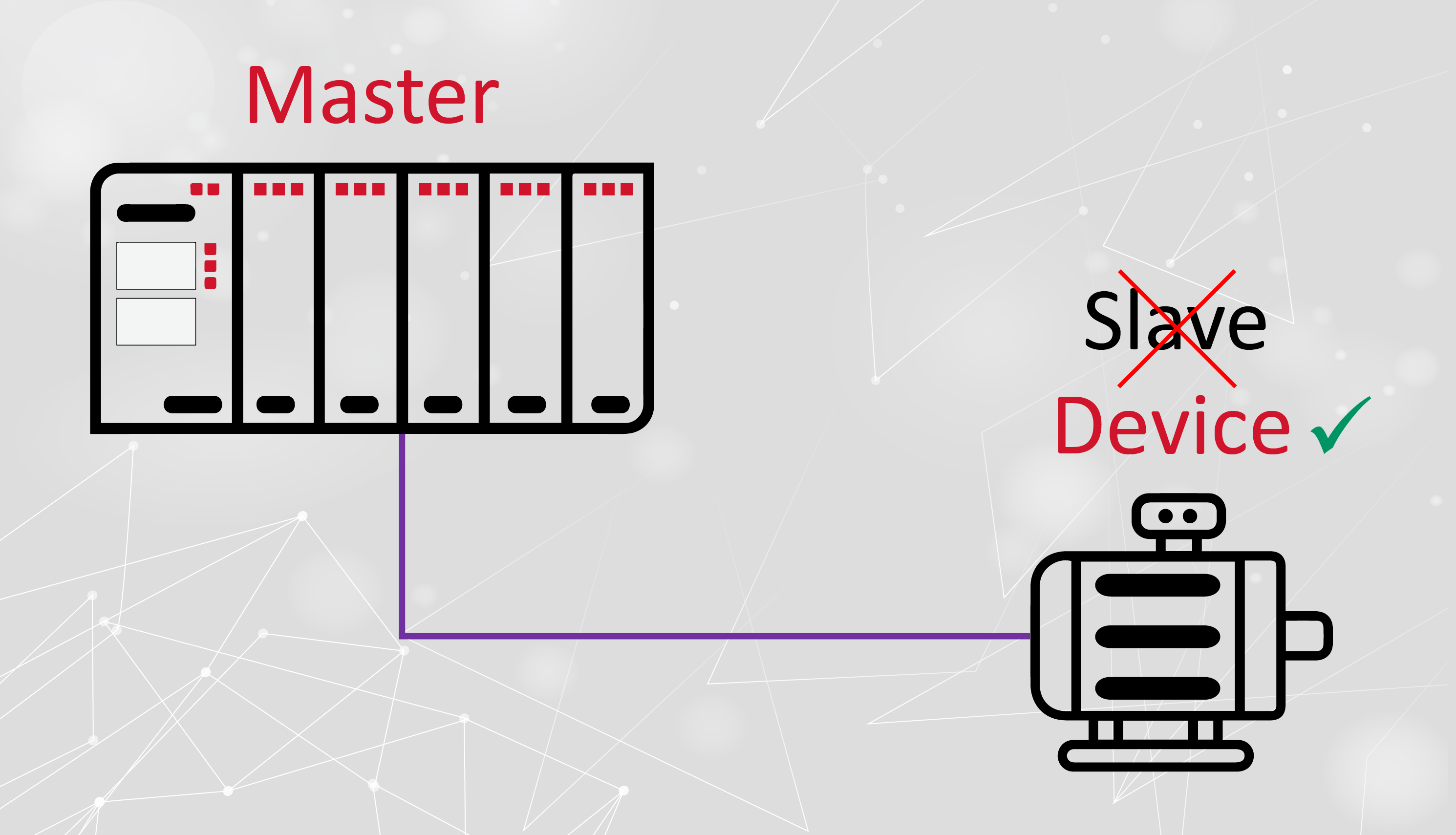
In the previous article, we explored how operational excellence extends beyond traditional management, emphasising a culture of continuous improvement. We highlighted the importance of industrial communication systems in enhancing real-time decision-making and creating a connected workplace. In this follow-up, we delve deeper into the fundamentals, examining how these interconnected elements drive operational success.
There is much to be excited about right now. Current and future technology offers several positive options for improving operational excellence. The challenge stems from deciding which direction to take to align with organisational strategy and future needs. At Industrial Data Xchange, we are continually seeking innovative solutions to deliver results and foster new ideas for improved and sustained performance.
At the core of operational excellence are several fundamental elements, all of which are interconnected and critical to success. By examining how these elements work together, we can unlock the true potential of operational performance:
People, Process and Technology
To make the most of these opportunities, experience and studies remind us that balancing the needs of people, process and technology offers a valuable foundation for operational excellence. Emphasis on the interconnectedness of these three aspects leads to improved understanding, communication, optimisation and adoption of industrial communication systems.
Alignment of Operational Strategy with the Organisational Strategy
Unlocking operational excellence requires the alignment of operational strategy with the organisational strategy. Assessing the needs and requirements of the organisation by connecting the dots between the overall business objectives and operational requirements.
IDX offers a clear understanding and outline of the solutions that make a positive difference for operations, providing guidance on prioritising where technology should be leveraged to improve accuracy, productivity, and efficiency. Importantly, it is fundamental to ensure a shared understanding across all levels as to how these solutions align with strategy and will impact operations.
Leadership and People Engagement
This element impacts the effective and sustained adoption of solutions for industrial communication. A key reminder is that “Nothing moves until people move. “Leadership can boost adoption by engaging affected stakeholders and system users early in the development process to understand the challenges, needs and potential solutions.
IDX brings together the key players involved in developing solutions that directly address challenges and needs, providing a clear roadmap that outlines the why, what, where, when, and how. By fostering collaboration, the team plays an integral role in shaping solutions that resolve their own challenges, leading to more effective development and implementation. People are a critical factor in adopting solutions and to this end, IDX offers relevant interventions and resources to uplift and maintain skills.
Performance Management
Performance management involves systematically tracking, analysing, and improving operational metrics to ensure that business processes are efficient and aligned with organisational goals. It focuses on continuous improvement by setting measurable objectives, providing real-time feedback, and optimising performance to drive sustained operational success.
IDX solutions include the design and development of visual dashboards, systems and information with real-time feedback to positively impact communication and decision-making in operations. Our solutions provide a clear, quantifiable measure of performance against specific objectives which is instrumental in the pursuit of operational excellence and continuous improvement.
Operating System
The operating system framework helps teams and managers integrate and manage expectations, routines, processes and goals. The IDX approach offers real-time information to support planning, monitoring and striving for operational stability while highlighting improvement opportunities. This element helps users to collect, analyse, and act upon relevant data to identify trends, root causes of problems, and opportunities for improvement.
The next article will take a closer look at the ‘People’ element in the fundamentals of operational excellence which improve adoption.
In conclusion, achieving operational excellence requires a balance of these fundamentals, with each element playing a crucial role in driving performance and aligning operations with organisational strategy. In the next article, we will take a closer look at the critical role that people play in improving system adoption, examining how successful adoption can be achieved.








